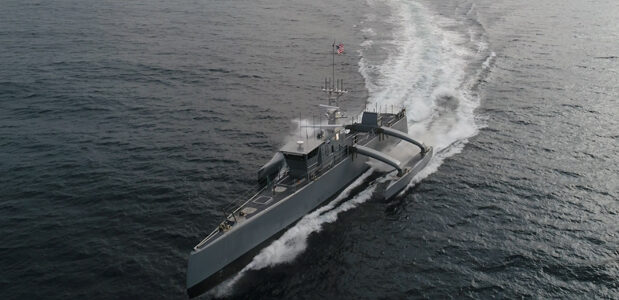The industrial landscape is continuously changing and the integration of artificial intelligence (AI) and machine learning in manufacturing is transforming production and quality control. As manufacturers strive to remain competitive, the adoption of these advanced technologies is not just a trend but a necessity for optimising operations and ensuring much-improved quality control.
The integration of Artificial Intelligence (AI) in engineering is revolutionising the industry, offering innovative solutions to complex problems and driving efficiency across various sectors. As we move into 2024 and beyond, AI in engineering is set to transform processes, enhance productivity, and pave the way for groundbreaking advancements. This article takes a closer look at the current trends, applications, challenges, and future prospects of Artificial Intelligence in engineering.
The wave of digital transformation in engineering is turning the tide across multiple sectors, heralding a new era of innovation and efficiency. Digital transformation is no longer just a buzzword; it’s the driving force propelling businesses towards the future. Its impact is profoundly felt across all sectors, including engineering fields such as construction, rail, oil and gas, defence, aerospace, and automotive. But what does digital transformation in engineering entail and how are AI and machine learning facilitating this revolution? Let’s find out.
Artificial intelligence (AI) and robotics have been making significant progress over the years, transforming the way we live and work. With the rise of AI and robotics, there is no doubt that we are on the verge of a technological revolution that is set to reshape our world. However, it is vital to consider the ethical implications of their use and ensuring that these technologies are used responsibly.
As construction technology advances, it’s important for companies to keep up as new methods and materials are being developed to make construction faster, easier, more efficient and sustainable. With more companies transitioning to digital platforms and embracing new technologies, the future of construction is sure to be an exciting one. Here are some of the most prominent technologies to consider now and in the future.
General Dynamics Land Systems (GDLS) unveiled its impressive AbramsX battle tank technology demonstrator at the AUSA 2022. According to former military officials, it is the most significant upgrade of American military tank technology since the early days of the Cold War. While the AbramsX battle tank refers to the Abrams tank family, it’s more of a concept of the future generation of the main battle tank to nullify new threats the modern battlefield brings.
Artificial Intelligence is expected to become the next technological frontier, according to most of the current studies and surveys across the world. Many of these investigations, and even experts, have gone so far as to claim that AI has not yet reached its maximum potential in the construction industry. They believe that by employing more Artificial Intelligence solutions, the construction sector may discover new ways to improve productivity. This would likely bring about an increase in resources dedicated to developing capabilities and AI playing a significant role in the construction process.
It’s always only a matter of time before countries explore each other’s successes (or failures) and this is no different. Combat drones, powered by advanced technology like artificial intelligence, are the new ‘wingmen’ to Chinese carrier-based fighter jets. Essentially, it appears to be an attempt to compete with the prowess of the United States’ unmanned aerial vehicle (UAV) programs. Some believe that it’s China’s version of the US Navy’s Unmanned Carrier Launched Airborne Surveillance and Strike (UCLASS).
According to Shi Wen, chief engineer and designer of China’s Caihong (CH), or Rainbow UAV series, “The joint operations of manned military aircraft, like fighter jets, and UAVs is the drone’s future. We are making efforts to promote artificial intelligence (AI) for UAVs to allow manned aircraft to co-pilot UAVs.”
Naval warfare could be on the brink of a total makeover through cutting-edge technology and innovation. Making waves at the center is the Sea Hunter – a new breed of unmanned, autonomous vessels launched in 2016. It forms part of the DARPA Anti-Submarine Warfare Continuous Trail Unmanned Vessel (ACTUV) program. DARPA has already completed trials of a prototype unmanned submarine hunter and claims it could lead to a new class military vessel.
The correlation between manufacturing trends and our economic growth is crucial. But how do we ensure innovation, competitiveness, higher income and improved quality of life? No surprise here as the answer lies in manufacturing. Investments in this sector impact the economy through job creation and career growth in other industries as well.
- 1
- 2











Recent Comments